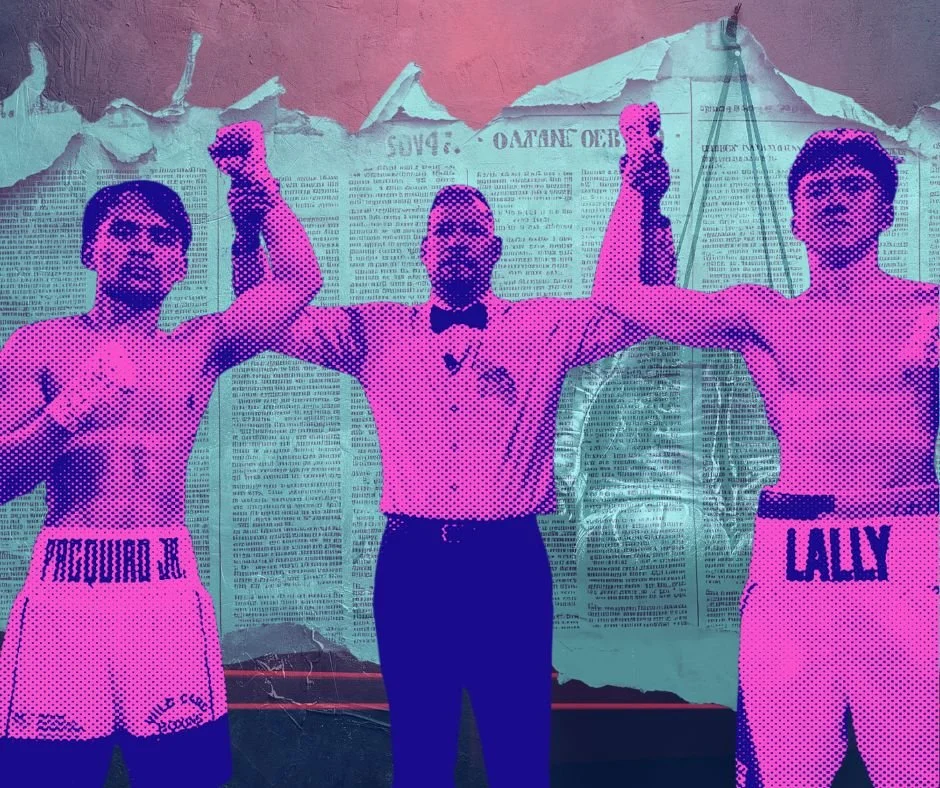History and celebration of Philippine Independence Day
Philippine Independence Day, celebrated every June 12, is a significant national holiday commemorating the country's declaration of independence from Spanish colonial rule in 1898. This day is marked by patriotic events, cultural festivities, and a profound sense of national pride. Let’s explore the history of Philippine Independence Day, share some fun trivia, and suggest ways to celebrate this important occasion.
A Brief History of Philippine Independence Day
The Struggle for Independence
The Philippines endured more than 300 years of Spanish colonial rule, during which Filipinos faced numerous hardships and fought multiple uprisings. The most notable of these revolts was led by Andrés Bonifacio and the Katipunan, a revolutionary society that sought to end Spanish rule through armed struggle.
The Declaration of Independence
On June 12, 1898, General Emilio Aguinaldo proclaimed the independence of the Philippines from Spanish rule in Kawit, Cavite. The declaration was made at the Aguinaldo Shrine, and the Philippine flag was unfurled for the first time. This historic moment also featured the playing of the national anthem, "Lupang Hinirang," composed by Julian Felipe.
Recognition and Republic Formation
Despite the declaration, the Philippines' fight for sovereignty continued, as the Spanish-American War resulted in Spain ceding the Philippines to the United States. It wasn't until July 4, 1946, that the Philippines gained full independence from the United States. In 1962, President Diosdado Macapagal officially moved the celebration of Philippine Independence Day to June 12, to honor the original declaration of independence from Spain.
Some Quick Facts:
1. First Flag: The Philippine flag was sewn in Hong Kong by Marcela Agoncillo, her daughter Lorenza, and Delfina Herbosa de Natividad, a niece of Dr. José Rizal.
2. Secret Meetings: The revolutionary society, Katipunan, conducted its secret meetings in various locations, often using symbolic codes and aliases to protect its members.
3. Aguinaldo's Birthday: Interestingly, General Emilio Aguinaldo's birthday falls on March 22, the same day as the founding of the Katipunan in 1892.
4. First Independence Day Parade: The first parade to commemorate the declaration of independence was held in 1899 in Manila, with American military officers as guests.
5. National Symbols: The design of the Philippine flag and the lyrics of the national anthem contain symbols representing the country's struggles and aspirations for freedom and independence.
Ways to Celebrate Philippine Independence Day
Watch Historical Films and Documentaries
Watching films and documentaries about Philippine history and the struggle for independence can provide a deeper understanding of the nation's past. Some recommended films include "Heneral Luna," "El Presidente," and "Bonifacio: Ang Unang Pangulo."
Explore Historical Sites and go on virtual tours
Visiting historical sites related to the Philippine revolution and independence movement can be a meaningful way to celebrate. Key sites include the Aguinaldo Shrine, Rizal Park, and Intramuros in Manila. Some museums also offer virtual tours and video content online.
Participate in Community Cultural Events
Many communities organize cultural events such as parades, street dances, and performances that showcase Filipino heritage. Participating in these events is a great way to immerse yourself in the celebration. The community is always eager and passionate!
Decorate with Philippine Colors
Decorate your home or community space with the colors of the Philippine flag—red, blue, white, and yellow. Display flags, banners, and other patriotic decorations to show your national pride.
Learn and Sing Patriotic Songs
Learning and singing patriotic songs, such as the national anthem "Lupang Hinirang" and other classics like "Bayan Ko" and "Pilipinas Kong Mahal," can evoke a sense of pride and unity.
Support Local Artisans and Businesses
Support local artisans and businesses by purchasing products made in the Philippines or Filipino owned. This lets us celebrate Filipino craftsmanship and creativity in the community.


























It all started with a table outside of a Seafood City in 2015.
LEAD Filipino volunteers were on hand with clipboards and flyers for a Filipino voter registration drive. It was an early campaign for the grassroots organization, which grew out of a desire to build Filipino civic voice and representation.
Read More